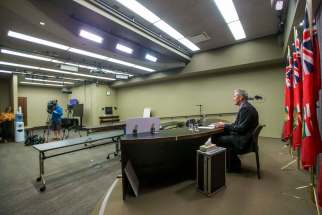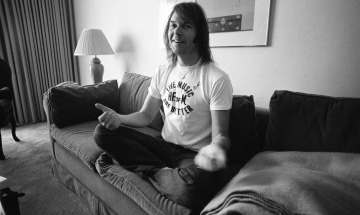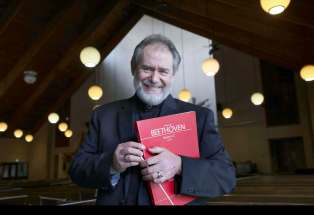Hey Hey, My My… it’s the month of Neil Young A new, 45-year-old album and a documentary from the same era give fans a fix
Read this article for free:
or
Already have an account? Log in here »
To continue reading, please subscribe:
Monthly Digital Subscription
$0 for the first 4 weeks*
- Enjoy unlimited reading on winnipegfreepress.com
- Read the E-Edition, our digital replica newspaper
- Access News Break, our award-winning app
- Play interactive puzzles
*No charge for 4 weeks then price increases to the regular rate of $19.00 plus GST every four weeks. Offer available to new and qualified returning subscribers only. Cancel any time.
Monthly Digital Subscription
$4.75/week*
- Enjoy unlimited reading on winnipegfreepress.com
- Read the E-Edition, our digital replica newspaper
- Access News Break, our award-winning app
- Play interactive puzzles
*Billed as $19 plus GST every four weeks. Cancel any time.
To continue reading, please subscribe:
Add Free Press access to your Brandon Sun subscription for only an additional
$1 for the first 4 weeks*
*Your next subscription payment will increase by $1.00 and you will be charged $16.99 plus GST for four weeks. After four weeks, your payment will increase to $23.99 plus GST every four weeks.
Read unlimited articles for free today:
or
Already have an account? Log in here »
Hey there, time traveller!
This article was published 23/06/2020 (1998 days ago), so information in it may no longer be current.
This month has become nirvana for Neil Young fans.
There’s a much-anticipated new album that’s been 45 years in the making and a new two-part documentary focusing on Los Angeles in the late 1960s and early ‘70s — years where the former Winnipegger became a star with Buffalo Springfield and a superstar as part of Crosby, Stills, Nash & Young.
The new, not-so-new record is Homegrown, which Young intended to release shortly after he recorded it in late 1974 and early 1975. Instead, it came out five days ago, June 19, 2020.
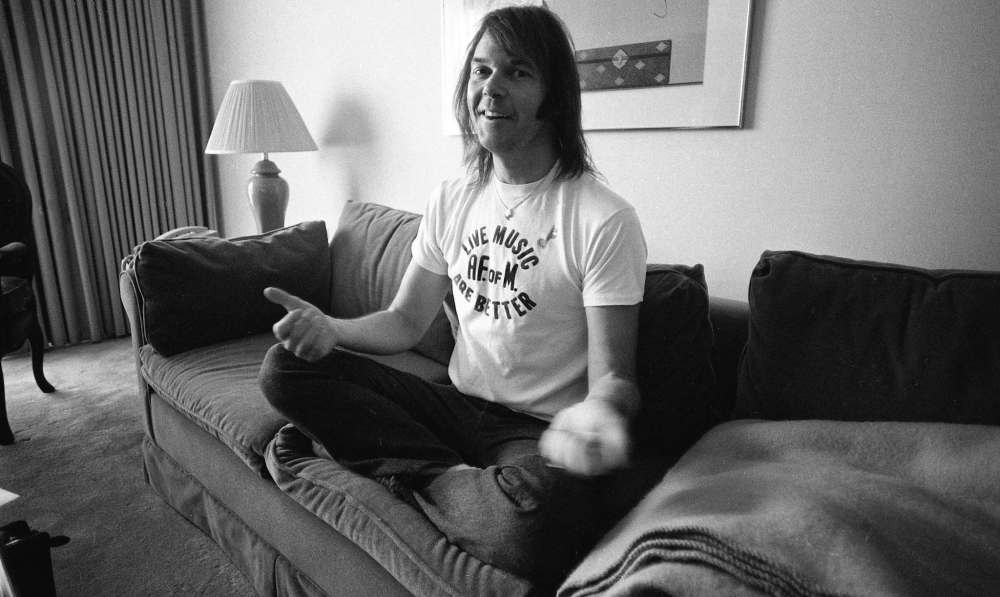
Why the wait? Young — always a prolific songwriter — had two albums ready to go in 1975 and was uncertain which one to put out, according to the book Neil Young — Long May You Run: The Illustrated History, by Daniel Durchholz and Gary Graff.
So Young held a bash at the famed Chateau Marmont in L.A., invited the likes of Rick Danko and Richard Manuel of the Band as well as Ralph Molina and Billy Talbot of Crazy Horse, and played both records on one reel of tape. Everyone thought Homegrown would be a blockbuster, the book says.
Everyone except Young. After listening to them both, he chose the other album, which became Tonight’s the Night, a polarizing record that wound up becoming a classic of the 1970s. “No comparison,” the book quotes Young as saying.
Meanwhile, Homegrown, except for four of its songs, collected dust on the shelf. It was recorded during the breakup of his relationship with actress Carrie Snodgress, and Young, then 29, thought it was too much of a downer.
Forty-five years later, the 74-year-old Young has joined rock ‘n’ roll peers such as Elton John, Bob Dylan and Paul McCartney in burnishing his musical legacy. That means Homegrown, that blockbuster album of a previous age, finally sees the light of day.

Young was right. Homegrown is a bit of a downer. It’s so mellow — much more than Harvest, if you can believe that — with the opening songs Separate Ways and Try acting as pleas for forgiveness.
Ben Keith, who would become Young’s longtime musical compadre for the next four decades, adds to the mood with melancholy pedal-steel fills, while Levon Helm, Emmylou Harris and Robbie Robertson also pop up as backing artists.
“Darlin’, the door is open / To my heart, and I’ve been hopin’ / That you won’t be the one to struggle with the key / We’ve got lots of time to get together if we try,” Young croons in Try.
Homegrown is a fine record, but it won’t sell nearly as many discs in 2020, what with streaming services and a pandemic, as it might have back in the days of Microsoft’s infancy and double-digit inflation. Young isn’t the only thing that’s changed since his heyday living in Laurel Canyon.
That neighbourhood in the Hollywood Hills became an enclave of folk-rock musicians in the 1960s and early ‘70s. Laurel Canyon, a two-part documentary that began streaming in early June on Crave, follows the musicians and the music they created in this semi-rural area north of the Sunset Strip.
The first part shows the positive side of the free-love ‘60s, beginning with the Turtles and the Mamas and the Papas settling in Laurel Canyon because of cheap rents. It follows with the formation of the Byrds, the Monkees and Buffalo Springfield and the Doors, all part of the seemingly endless creativity.
The second part follows the aftermath of Woodstock and the deadly Altamont concert at the end of 1969 that built a different downer vibe in the 1970s, where heavier drug use, the need for Top-40 hits and arena concerts drown out friendly spontaneity and gigs at the Whisky A Go Go.
Amid the hangover, though, the musical careers of Jackson Browne, Bonnie Raitt, Linda Ronstadt and the Eagles emerge.
The documentary includes some cool footage of Young with Buffalo Springfield, pumped to be on American Bandstand and being interviewed by Dick Clark. It also offers an early glimpse of Young’s restlessness.
He has spent his entire musical career jumping from one style of music to another, from folk to country to grunge and back again, while forming new bands. Just when he seems to find success, he flits off in another direction, often discovering even greater stardom.
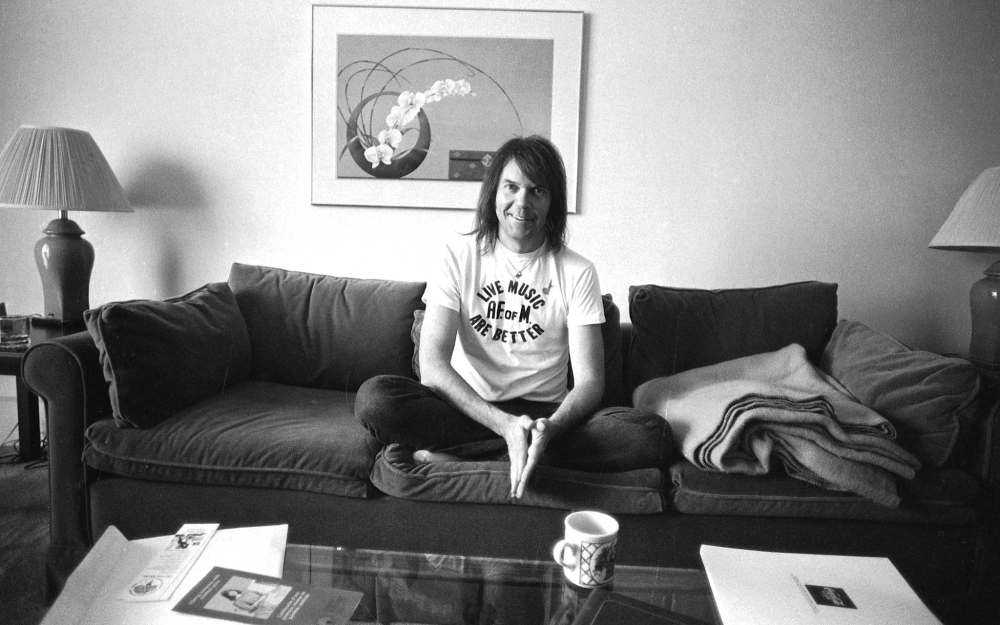
That’s what happened with Buffalo Springfield, but looking back five decades, it’s difficult to imagine that a band with songs such as Mr. Soul and For What it’s Worth was considered a flop. Welcome to the mind of Neil Young.
“Well, we didn’t achieve anywhere near the success that we expected or wished to,” Young says in a radio interview played in the opening episode. “It’s hard enough to live with yourself when you’ve considered what you’ve done a failure. Living with four other guys is even harder, you know. Just couldn’t do it. And I quit.”
Young quit on Homegrown in 1975, but its re-emergence 45 years later proves his fans have never quit on him.
alan.small@freepress.mb.ca
Twitter:@AlanDSmall

Alan Small has been a journalist at the Free Press for more than 22 years in a variety of roles, the latest being a reporter in the Arts and Life section.
Our newsroom depends on a growing audience of readers to power our journalism. If you are not a paid reader, please consider becoming a subscriber.
Our newsroom depends on its audience of readers to power our journalism. Thank you for your support.


